How to Make Apple Pectin Stock for Jam & Jelly
Make Apple Pectin Stock to have on hand when you want to make jam or jelly from low-or medium-pectin fruit.
What is Fruit Pectin?
Pectin is a carbohydrate primarily found in the cell walls of all plants but most concentrated in the skin, seeds, and core of raw fruit. It is the ‘glue’ that holds cell walls together.
All fruit contains pectin but to varying degrees. Even within a specific fruit, the pectin levels vary with ripeness. Barely underripe or just ripe fruit are high in pectin, while overripe is low. Tart apples and crabapples are two fruits high in pectin, along with the white pith of citrus peel.
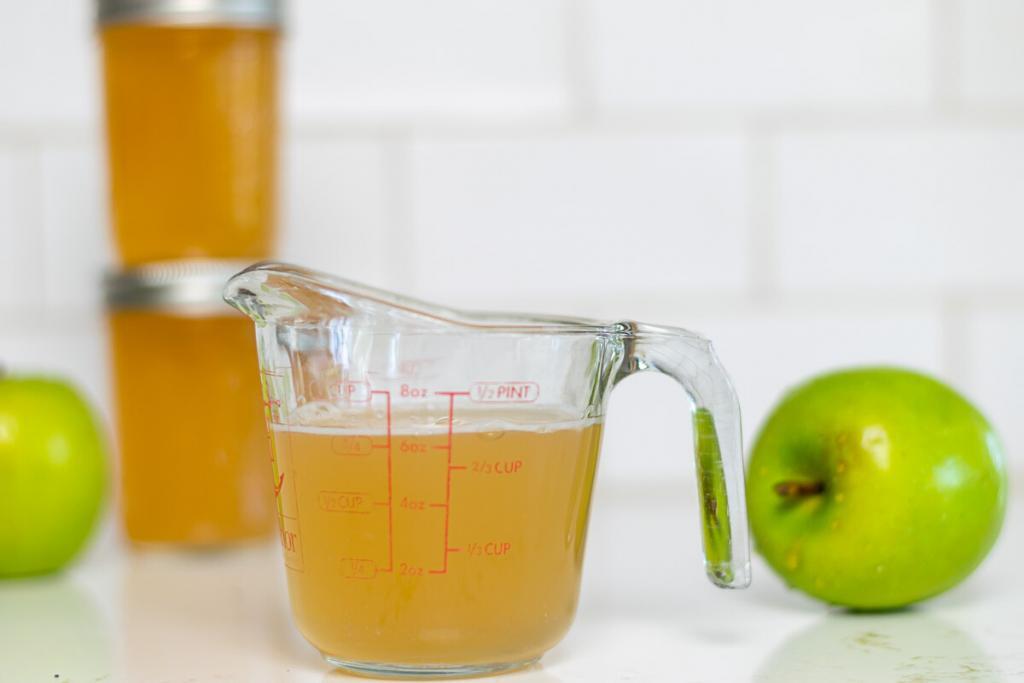
Table of Contents
Pectin is broken down by enzymes into peptic acid when fruit begins to ripen. This is why an overripe apple has less pectin than just a ripe apple does.
Why Do You Need Pectin to Make Jam?
When combined with sugar and lemon juice (or another acid), pectin will gel. This ‘gelling’ is why you get a jam or jelly instead of just a fruit sauce.
As we discussed earlier, some fruits are higher in pectin than others. You will probably not need to add extra pectin when making jam or preserves with apples, cranberries, or other high pectin fruit. However, most of my favorite fruits are medium to low in pectin. As such, I typically need to add it or be satisfied with a softer set.
Keep this chart handy for your next jam and jelly making day
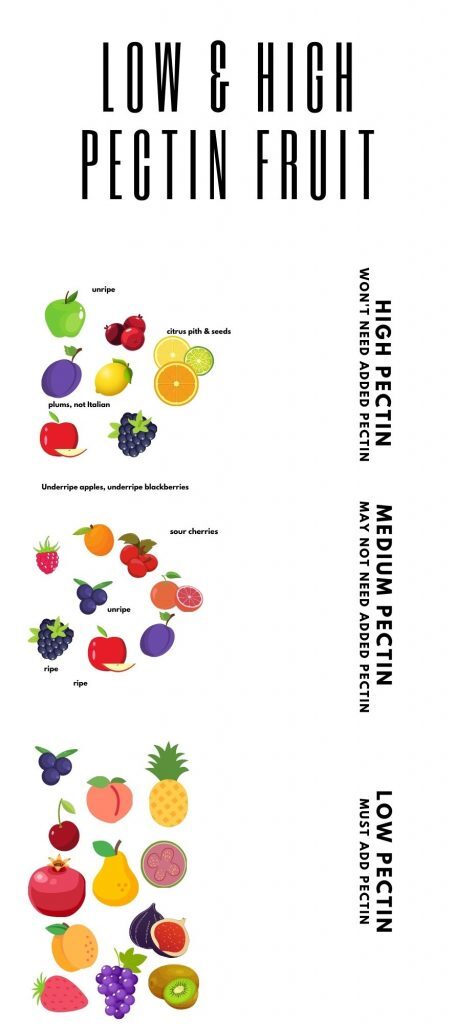
This chart is available to all subscribers in the Subscriber Benefits Library, or you can click the button below and have it sent directly to your inbox.
Sources of Pectin
Commercial Pectin
If you do need to add it, Commercial Pectin is one alternative for your jellied fruit product. Commercial Pectin comes in Regular and Low Sugar/ No Sugar options. While I use Commercial Pectin from time to time (in this Jalapeño Wine Jelly and this Mulled Wine Jelly), I typically prefer to get my pectin in other ways. I find commercial pectin bitter; I’m sure since it is largely derived from citrus pith.
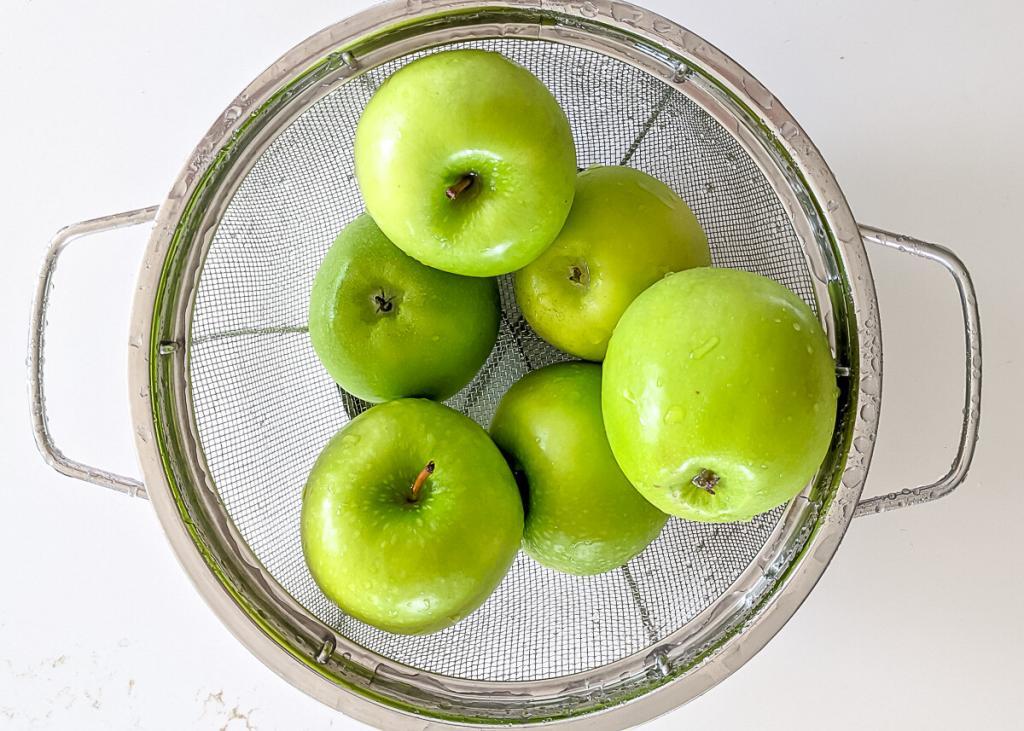
Add High-Pectin Fruit
Another way to get the desired gel for a low-pectin fruit jam is to add some high-pectin fruit. Citrus Peel, Tart Apples, Cranberries, and Crabapples are all great sources of pectin. Of all the high-pectin fruit, apples and apple pectin seem to affect the flavor less than others, so it is usually my choice. This Strawberry Rhubarb Jam Recipe uses shredded apples (as well as the core, seeds, and peel) to help the low-pectin Strawberries and Rhubarb gel.
Make Apple Pectin Stock
A third option for adding pectin to your jams, jellies, and the like is to make Apple Pectin Stock. Pectin Stock is made from apples (including their sides, peel, and core) and water. Once cooked, it is strained. Apples have high pectin and high acid content, making a perfect pectin stock that doesn’t fight with the fruit you want to highlight.
I use this apple pectin stock in my Apricot Jam recipe. It couldn’t be easier. Chop your apples when you chop the apricots, let the apples cook for 40 minutes then put them in the fridge in a colander to let the juices drip through. The next day, reduce them down a bit, use what you need for the Apricot Jam, and then water bath the rest along with your jam! Done and Done!
Test Your Apple Pectin Stock
And the science nerd in me enjoys testing the strength of my apple pectin stock! After you make pectin stock, add a teaspoon of it to a tablespoon of rubbing alcohol and swirl it around. If you can pick up the ‘glob’ of apple pectin with a fork, you have good, strong pectin.
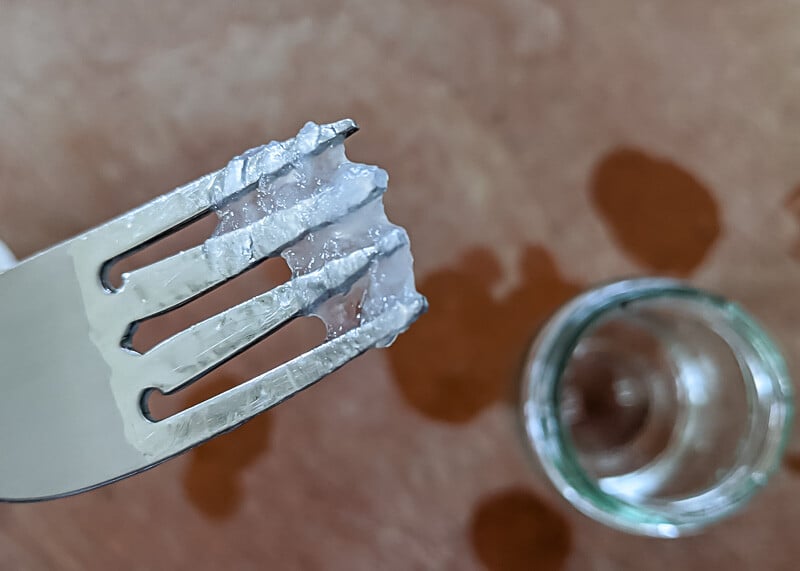
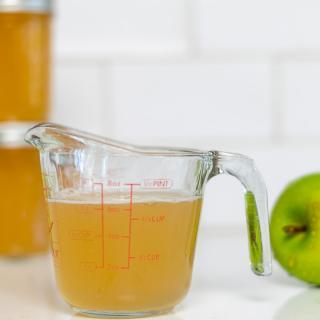
Apple Pectin Stock
Ingredients
- 3 lbs sour apples-preferably organic Granny Smith or Crabapple are good. The best apples will be green, sour and harder than a ripe apple
- Water
Instructions
- Wash apples and chop them into 1-2" pieces. Keep core, seeds, and skin with chopped apples.
- Place in a large pan or preserving pan and add just enough water to cover the apples.
- Cover the pot, bring to a boil and simmer gently for 40 minutes – 1 hour.
- Line a colander with muslin or cheesecloth and place it over a large bowl.
- Pour cooked apples into colander and allow the juice to drip through the colander. I place the bowl and colander in the refrigerator and let it drain overnight.
- Pour the strained apple juice into a clean pan and simmer gently until thick and reduced by half. I stick a butter knife into the apple juice to get a gauge of the beginning depth of the juice.
- Test the strength of your stock. Check the notes below.
- Once reduced, you can either freeze it or water-bath can it in half-pint jars using the hot pack method. Leave 1/4” headspace and process for 10 minutes. Store in a cool dark place for up to 1 year.
Notes
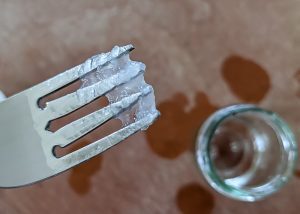 In general, 1 cup of Apple Pectin Stock and 2 cups of Sugar will help gel 3 lbs of low to medium pectin fruit for a good jam.
In general, 1 cup of Apple Pectin Stock and 2 cups of Sugar will help gel 3 lbs of low to medium pectin fruit for a good jam.Nutrition
Bookmark this page or pin the following image to refer back to this recipe to Make Apple Pectin Stock in the future.

Thanks so much for spending a few minutes of your busy day with me!
If you want to make sure you don’t miss future content, pop your email in the pale green box up on the right or click here. I usually send out 2-3 emails a week, so I won’t inundate your inbox. Believe me, I’m sensitive to an overflowing email inbox!
We will only use your email address to send you emails, no more than 1-2 per week. In addition, you will have access to my growing library of knit & crochet patterns, as well as other printables. Check back often as this library will continue to grow. Please know that you can unsubscribe at any time by emailing me or clicking on the “unsubscribe” link at the bottom of all emails.
And, you can access many of the products I refer to on my Nourish and Nestle Amazon Page. You can access it here.
So, if you’d like to get in on the ‘subscriber benefit’ action, simply subscribe to Nourish and Nestle here or using the form on the right sidebar. It’s towards the top a bit.
I have sent all my subscribers the link to the Subscriber Benefits Library. If you missed it or misplaced it, drop me a line.
Until next time…


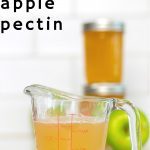
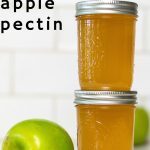
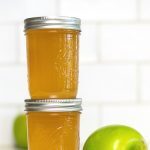


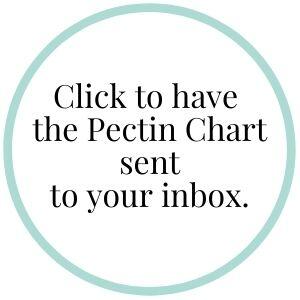
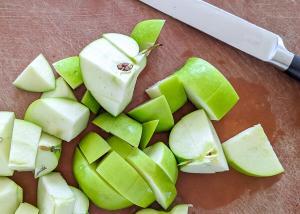
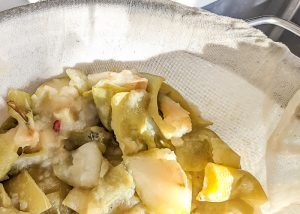
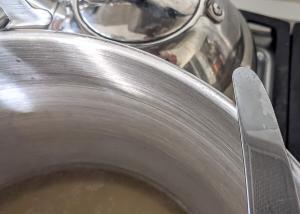
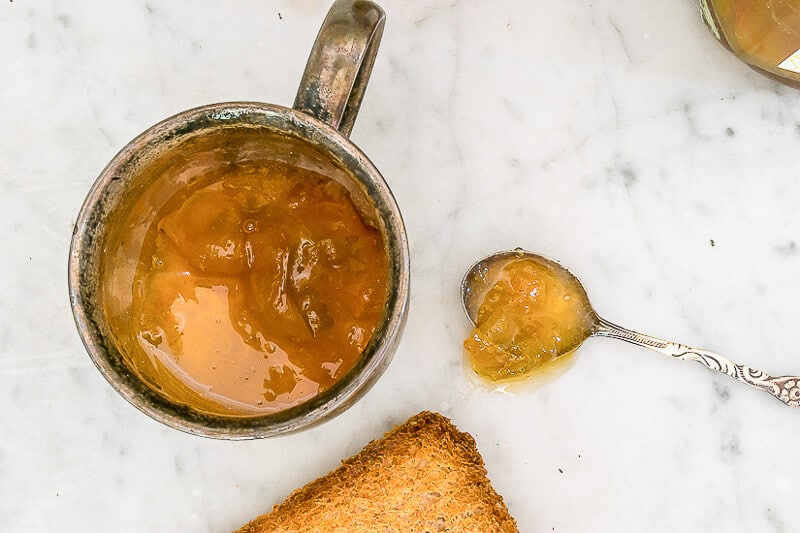
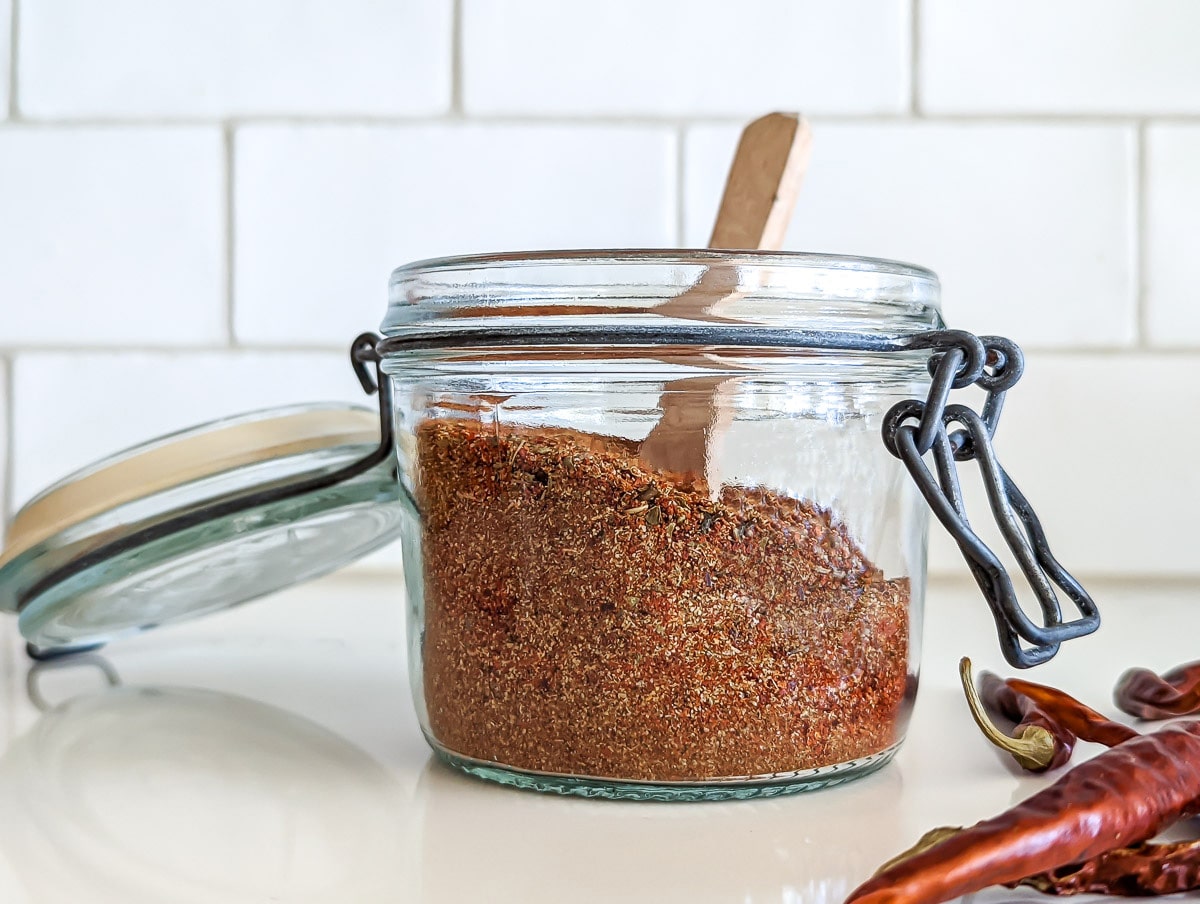
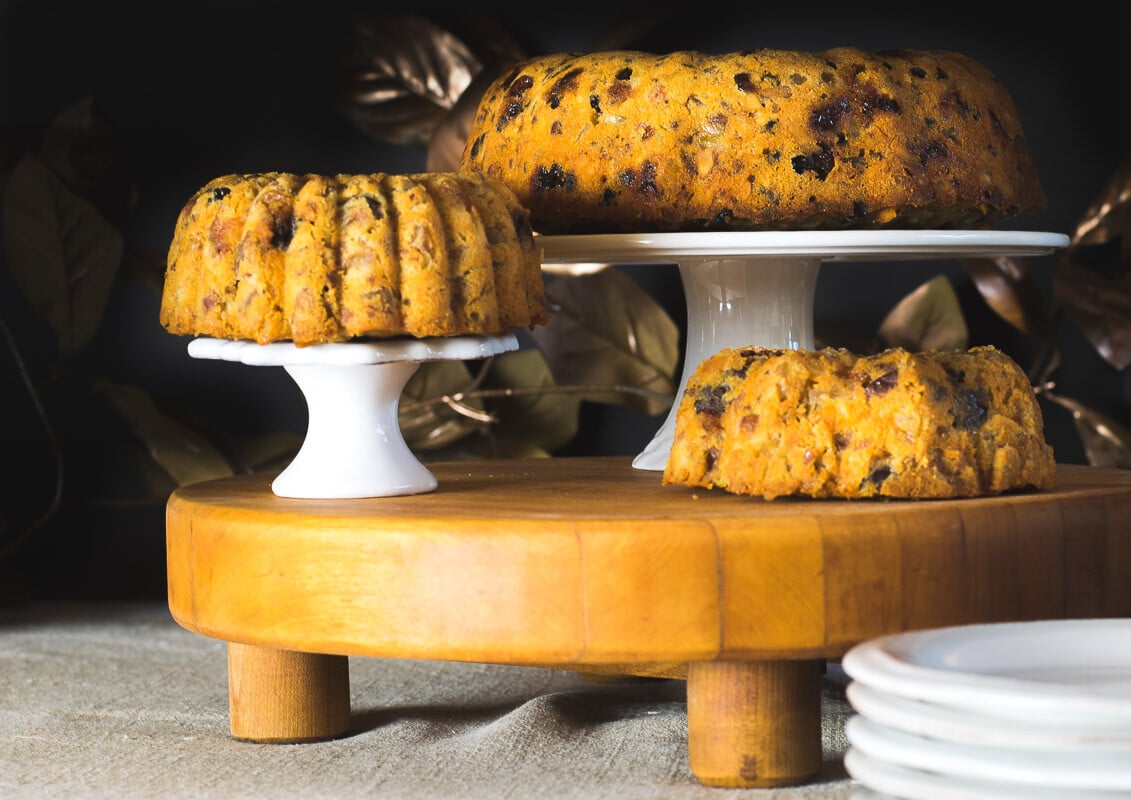
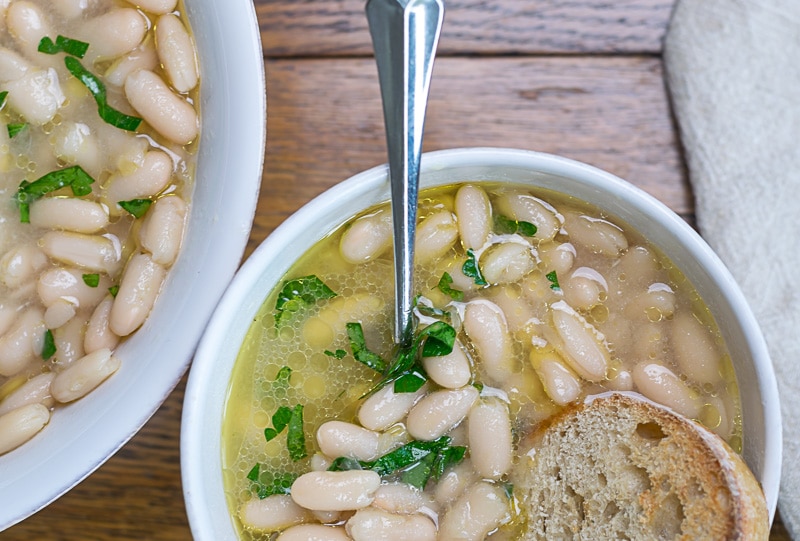
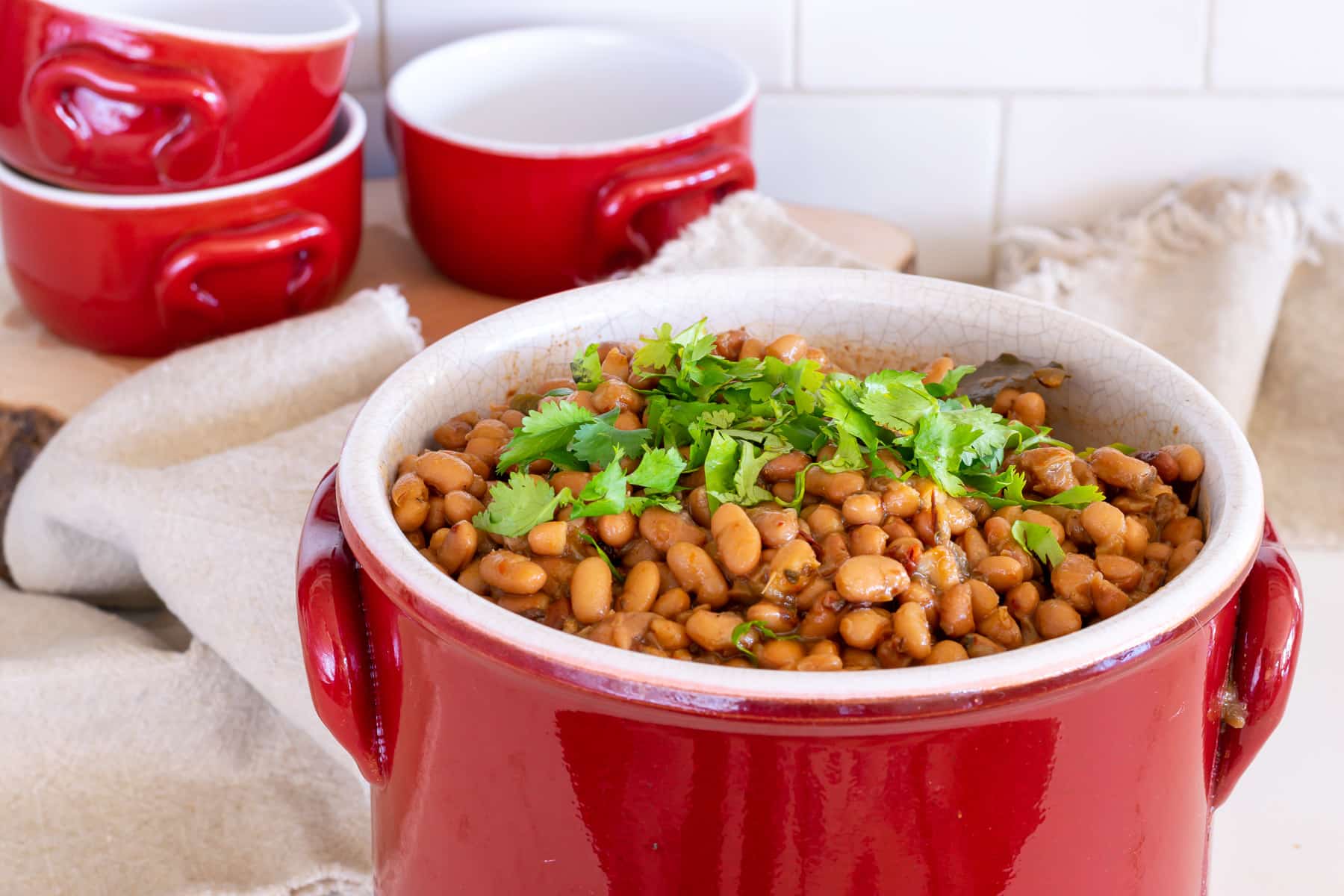
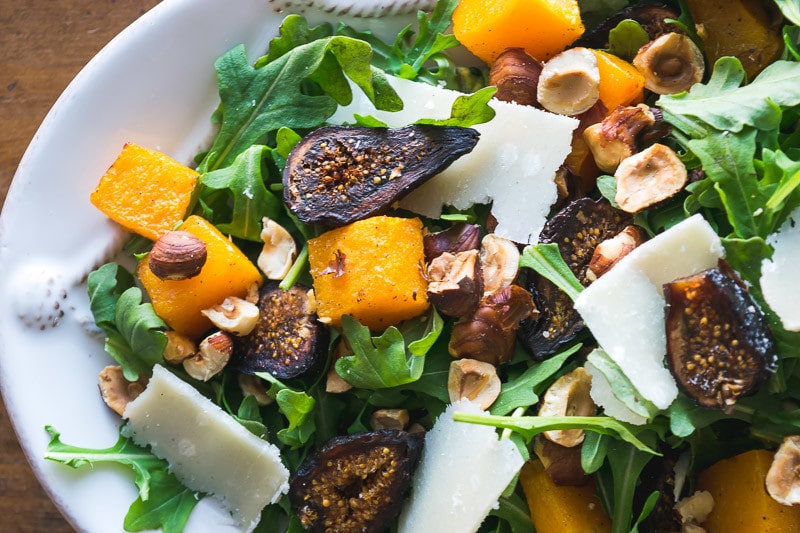
Love the pectin chat and how to make your own for low pectin fruits! Genius!!
I’m gonna make a canner out of you yet! 😉
P.S. Meant “chart” not chat! 🙂
I have often wondered when making apple pies if I could keep the apple peelings and make apple stock. I read somewhere that the apple skins contain a good amount of pectin. I make strawberry jam and usually add in whole apples, but I think I would prefer to use just the apple stock, my question is would there be enough pectin in, lets say, the peelings of 6 granny smiths? Sorry if question is too long winded, thank you so much. Love your site.
Hi Kathleen,
Good question! In fact, Granny Smiths are very high in pectin, one of the highest. If you don’t need the pectin right away, what about storing the peels, cores and seeds in your freezer until you have a pound or two and make the recipe in post…using the peels, cores, and seeds only. You can easily modify the recipe to account for what you have. Does that make sense?
I made the pectin and tried the test. My pectin didn’t “gel” so I reduced it and reduced it. It never gelled. I wonder if my pectin will not work in a recipe?
hmmm…my gut is that it won’t gel a significant amount, but it surely won’t hurt your jam or jelly. What kind of apples did you use?
We don’t spray our trees so we have a lot of scabby (just the skin) apples. Since the pectin is strained through cheesecloth, can I use them as is? I would remove any bruising etc. but the scabs seem cosmetic, not damage and I wouldn’t have to peel the pectin rich skins.
Hi Lynn, I think they’d be just fine! How wonderful that you have your own trees! I’m jealous.
Excellent way to jams and jellies easilly described